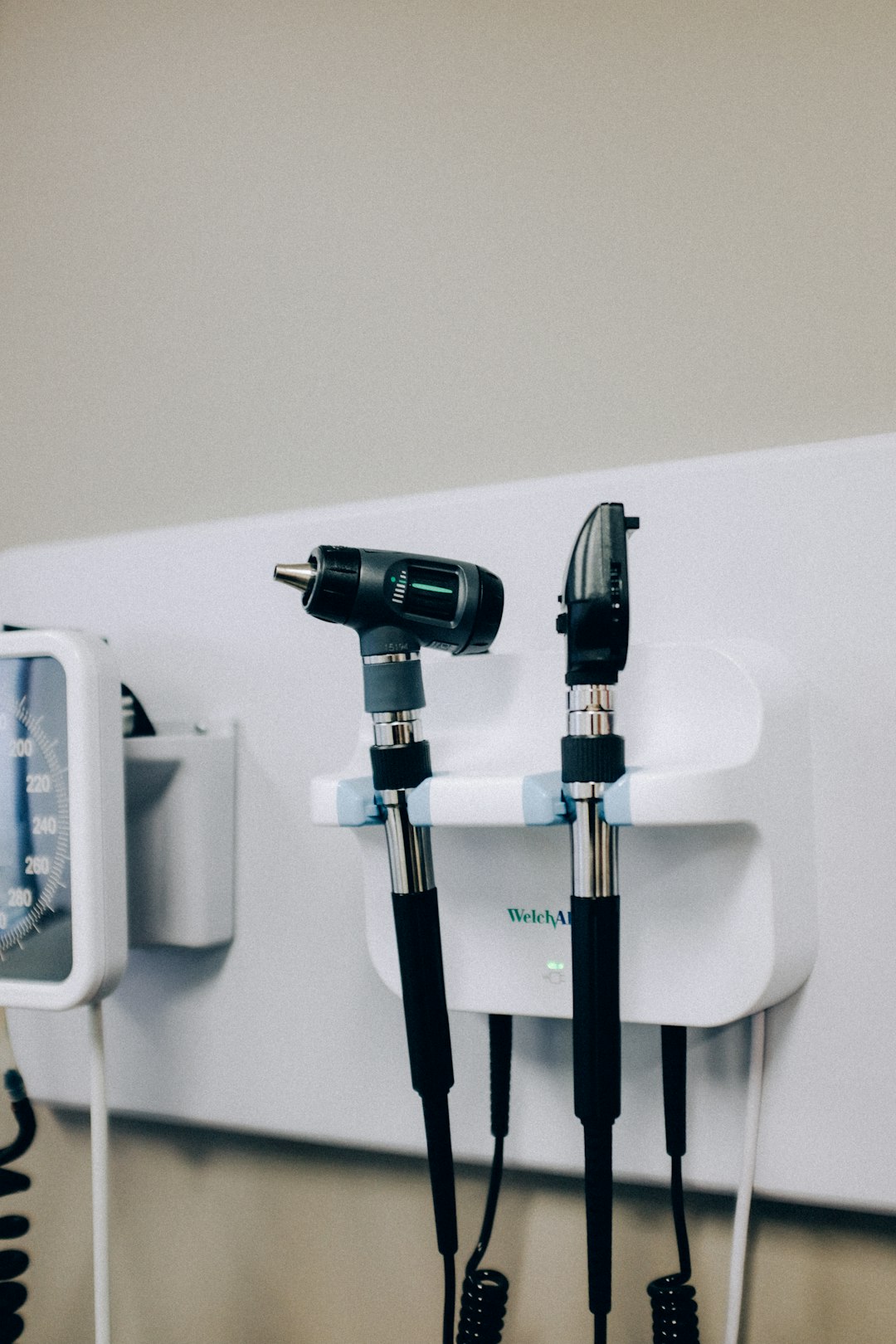Navigating Opportunities in Embedded Software Development
3 min read
Have you ever used a smartwatch, smart fridge, or driven a car with fancy digital displays? If so, you’ve already encountered the magic of embedded software development. It’s the heartbeat behind many modern gadgets. But what is it exactly? And how can you ride this exciting tech wave? Buckle up, because we’re about to explore!
So, what is embedded software?
It’s a type of software that runs on dedicated hardware. Unlike regular apps on your computer or phone, embedded software lives inside devices. Think microwave ovens, fitness bands, and even traffic lights. It’s everywhere!
Why is it so important?
- It makes everyday devices smarter.
- It allows machines to function with precision.
- It helps reduce power consumption and adds automation.
Imagine your car telling you the tire pressure is low or your smart doorbell recognizing your face. That’s embedded software in action!

Who builds this cool stuff?
Embedded software developers do! They write code that talks directly to hardware. It’s a bit like being a translator between machines and humans.
They need to be part engineer, part programmer, and a little bit of a magician. You often get to work with:
- Microcontrollers – tiny computers inside gadgets
- IoT platforms – Internet of Things, where devices talk to each other
- Real-time operating systems – necessary for time-critical actions
Now the fun part: the opportunities!
This field is bursting with possibilities. Here’s why:
1. IoT is booming
Smart homes, connected cars, wearable tech – they all need embedded software. According to experts, the number of connected devices could reach 75 billion by 2025. That’s a tidal wave of opportunities!
2. Industries are evolving
From healthcare to agriculture, everyone wants smarter machines.
- Hospitals need smart monitors.
- Farms use drones and automated irrigation.
- Factories rely on robotics and predictive maintenance.
All these sectors need talented developers.
3. It’s global and remote-friendly
You can work from almost anywhere. Lots of companies now hire remote devs. Plus, demand is growing in both startups and big corporations.
How do you get started?
Getting into embedded software development doesn’t mean you need to be a genius. Here’s a simple starter roadmap:
- Learn C or C++ – These are the superstars of embedded development.
- Get hands-on – Use Raspberry Pi or Arduino kits to build simple projects.
- Understand hardware basics – Know how sensors, motors, and circuits work.
- Explore IDEs – Tools like Keil, MPLAB, or PlatformIO are your digital workbenches.
There are plenty of free resources online. YouTube, forums, and open-source projects can help a lot!

Challenges? Sure, but nothing scary!
Yes, it’s not always easy. Embedded systems often have limited memory and strict performance requirements. That means your code must be lean and fast. Also, debugging can be tricky, especially without access to a full display or error logs.
But with patience—and coffee or tea—you’ll get better over time.
Cool job titles to aim for:
- Embedded Software Engineer
- Firmware Developer
- IoT Developer
- Robotics Programmer
- Systems Engineer
These roles can lead to great careers in tech, automotive, industrial automation, space, and even gaming!
Final Thoughts
Embedded software development is more than just writing code. It’s turning everyday things into brilliant, interactive tools. Whether it’s making drones smarter or giving toasters personality, there’s so much fun to have!
So why not dive in? Start small. Stay curious. And who knows? You could be building the brain behind the next big gadget!



